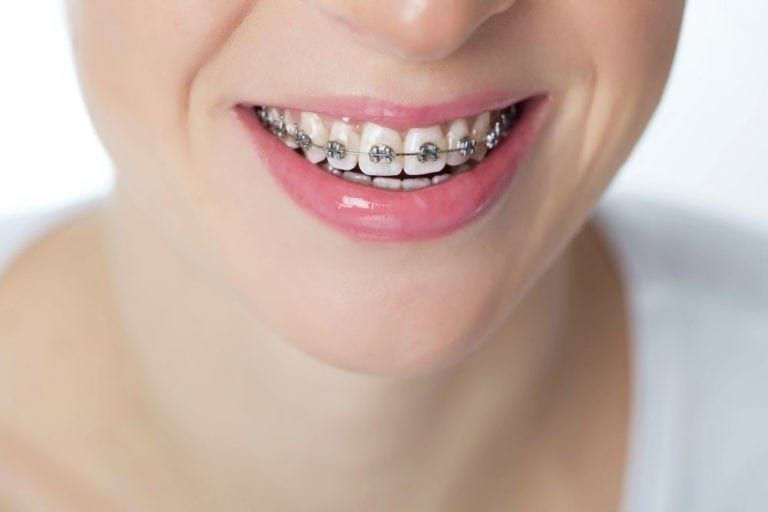The Role of Orthodontists in Correcting Bite Problems
- dclinicdubai
- Apr 10
- 3 min read
When most people think of orthodontics, straight teeth come to mind. However, the true scope of orthodontic care extends far beyond aesthetics. Orthodontists in Dubai are highly trained specialists who play a critical role in diagnosing and treating bite problems, also known as malocclusions. These issues, if left untreated, can lead to a host of functional complications such as difficulty chewing, speech problems, uneven tooth wear, and jaw pain. With their expertise and access to advanced technologies, orthodontists provide targeted solutions that improve both form and function.

Understanding Bite Problems and Their Causes:
Bite problems occur when the upper and lower teeth do not align properly when the mouth is closed. These misalignments can result from genetic factors, childhood habits such as thumb-sucking, premature loss of baby teeth, or trauma to the jaw. Malocclusions are generally categorized into several types, including overbite, underbite, crossbite, open bite, and deep bite. Each presents unique challenges and requires a customized treatment approach. Orthodontists are trained to recognize subtle signs of these conditions during clinical evaluations and develop treatment plans accordingly.
Diagnosing Malocclusion: The Orthodontist’s Expertise:
Accurate diagnosis is fundamental to successful treatment. Orthodontists conduct thorough examinations using panoramic X-rays, digital scans, cephalometric analysis, and photographic records to assess the patient’s bite, jaw relationship, and overall facial balance. This in-depth evaluation enables them to determine the severity of the malocclusion and identify any underlying skeletal or dental discrepancies. Early diagnosis, especially in children, can help intercept developing bite issues and reduce the need for more extensive intervention later in life.
The Impact of Untreated Bite Problems:
Bite problems are more than just cosmetic concerns—they can significantly affect oral health and quality of life. Patients with malocclusions may experience:
Chronic jaw pain or temporomandibular joint (TMJ) disorders
Excessive tooth wear and enamel damage
Difficulty in biting and chewing certain foods
Increased risk of cavities and gum disease due to misaligned teeth
Speech impairments or lisping
Orthodontists address these issues not only to enhance the appearance of the smile but to improve function and long-term dental health. By realigning the bite, they create a more efficient oral environment that promotes stability and comfort.
Treatment Options for Correcting Bite Alignment:
Modern orthodontic treatments offer a wide range of solutions to correct bite issues, each tailored to the patient's age, the type of malocclusion, and the severity of the condition. Common treatment options include:
Traditional braces to gradually shift teeth into proper alignment
Clear aligners for mild to moderate bite problems, offering a discreet alternative
Palatal expanders to widen the upper jaw in growing children
Elastics or interarch bands to improve the bite relationship between upper and lower teeth
Functional appliances to guide jaw growth and positioning
Orthodontists use a combination of these tools to address both dental and skeletal problems, ensuring a comprehensive and long-lasting correction.
Orthodontic Approaches for Children vs. Adults:
The approach to correcting bite issues varies depending on the patient's developmental stage. In children and adolescents, orthodontists can take advantage of ongoing jaw growth to guide the bite into proper alignment with less resistance. Functional appliances and early-phase orthodontic treatments can correct developing issues before they become more serious. In contrast, adults often require a more complex strategy due to fully matured bones. Treatment may involve braces, aligners, and sometimes surgical intervention for severe cases. Despite the differences, both age groups benefit significantly from the expertise of orthodontists in managing bite-related concerns.
Technology’s Role in Precision Treatment:
Orthodontists in Dubai utilize cutting-edge technology to ensure accurate diagnosis and effective treatment planning. Tools such as 3D imaging, intraoral scanners, and computer-guided treatment simulations allow orthodontists to visualize the patient’s bite from multiple angles and predict treatment outcomes with greater precision. This data-driven approach enhances treatment efficiency, reduces discomfort, and often shortens the overall duration of orthodontic care. With these tools, patients receive more personalized and predictable bite correction solutions.
Long-Term Stability and Post-Treatment Care:
Correcting bite problems does not end when the braces or aligners come off. Retention is a crucial phase of orthodontic treatment to prevent relapse and maintain the newly aligned bite. Orthodontists provide retainers customized to each patient’s needs and monitor progress during follow-up appointments. In cases involving significant skeletal correction, long-term observation may be required to ensure jaw alignment remains stable. The continued involvement of the orthodontist during this phase is essential for preserving the integrity and function of the bite correction achieved.
Final Thoughts:
Orthodontists in Dubai are playing a pivotal role in diagnosing and correcting bite problems, offering patients more than just a straight smile. Their expertise ensures that malocclusions are treated not only with precision but with a focus on improving overall oral function and comfort. Whether addressing a simple overbite or a complex skeletal misalignment, orthodontists deliver results that support long-term health and confidence. With the help of advanced diagnostics, customized treatment plans, and a commitment to post-treatment care, they are transforming lives—one bite at a time


Comments